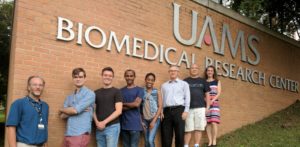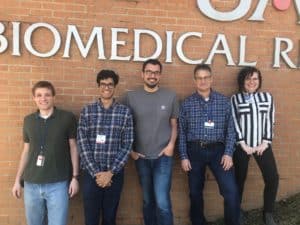 Effect of Sulforaphane and 5-Aza-2′-Deoxycytidine on Melanoma Cell Growth.
Effect of Sulforaphane and 5-Aza-2′-Deoxycytidine on Melanoma Cell Growth.
Chiang TC, Koss B, Su LJ, Washam CL, Byrum SD, Storey A, Tackett AJ.
Medicines (Basel). 2019 .

Direct quantification of the translocation activities of Saccharomyces cerevisiae Pif1 helicase.
Lu C, Le S, Chen J, Byrd AK, Rhodes D, Raney KD, Yan J.
Nucleic Acids Res. 2019
 Biotransformation and Bioactivation Reactions – 2018 Literature Highlights.
Biotransformation and Bioactivation Reactions – 2018 Literature Highlights.
Khojasteh SC, Bumpus NN, Driscoll JP, Miller GP, Mitra K, Rietjens IMCM, Zhang D.
Drug Metab Rev. 2019
